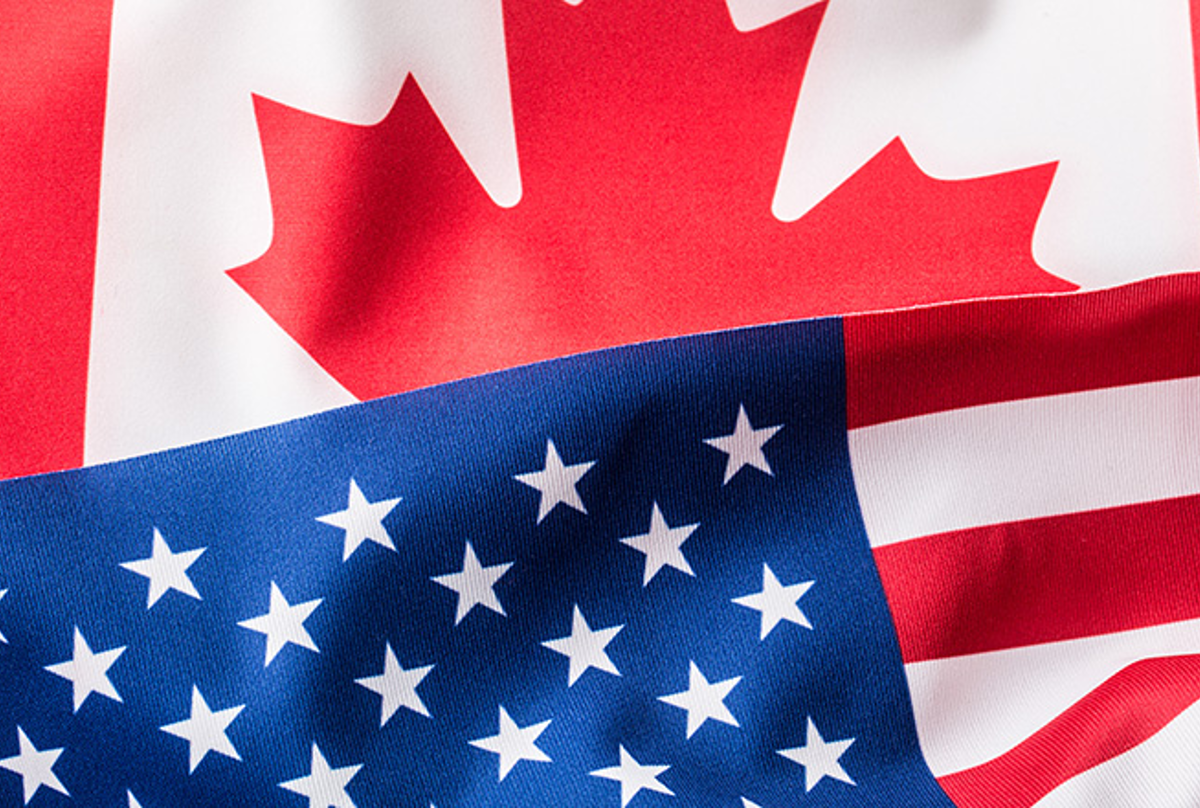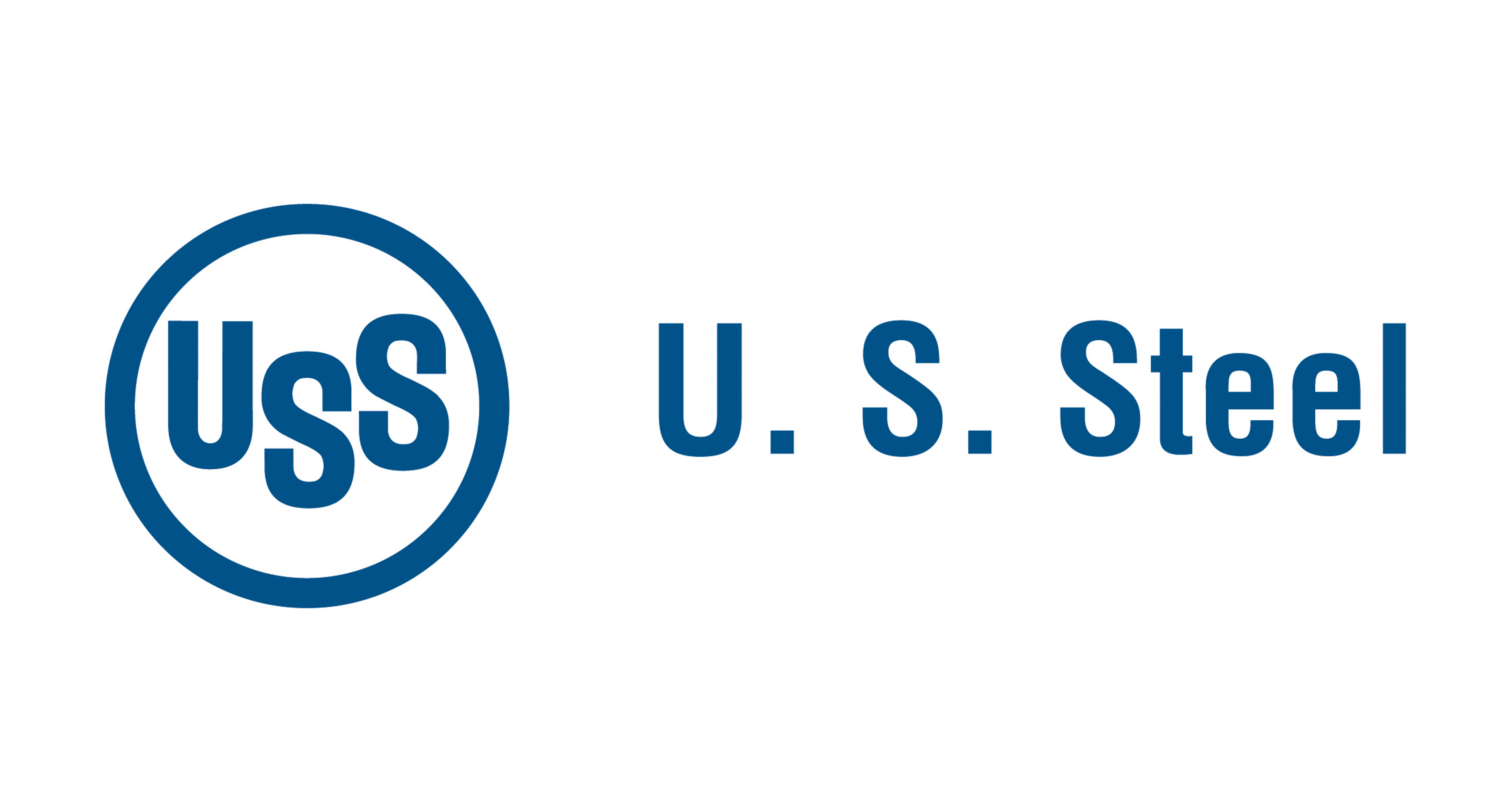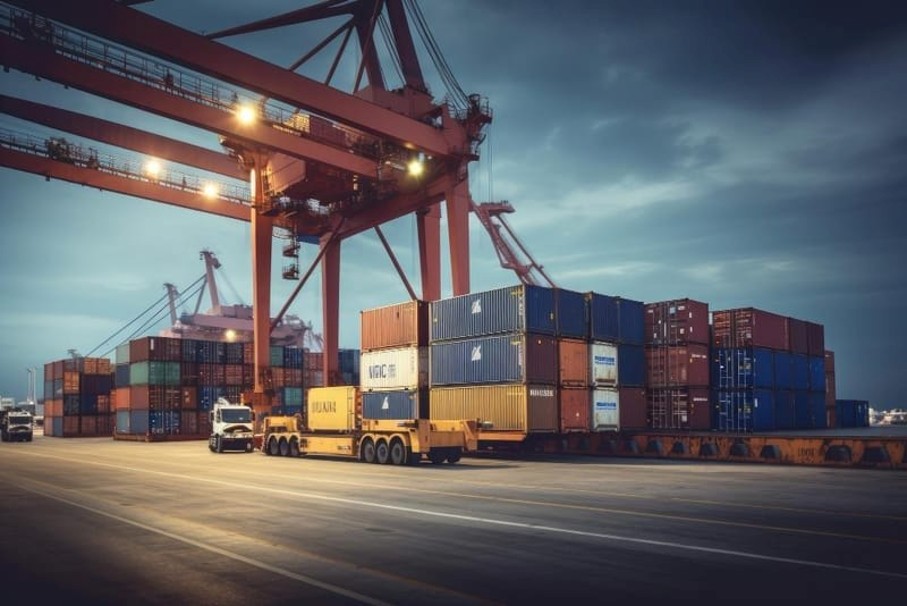Government/Policy

July 5, 2018
Leibowitz: Steel Product Exclusion Process is Stuck
Written by Tim Triplett
Lewis Leibowitz, trade attorney and contributor to Steel Market Update, offers the following commentary on the latest developments in Washington:
 The steel product exclusion process is stuck. While more than 11,000 comments have been filed, the overwhelming majority of which are product exclusion requests, less than 100 (by my latest count) have been processed. Of the 56 requests that have been DENIED, none of them reached the merits of the request. Rather, the Commerce Department rejected them because there was insufficient information presented. None of the requests I saw went into any detail about the nature of the deficiencies. The 42 requests that were granted involved very small tonnages; the largest single approval that I saw was for 100 metric tons. As readers will know, steel imports used by American manufacturers total about 30 million tons.
The steel product exclusion process is stuck. While more than 11,000 comments have been filed, the overwhelming majority of which are product exclusion requests, less than 100 (by my latest count) have been processed. Of the 56 requests that have been DENIED, none of them reached the merits of the request. Rather, the Commerce Department rejected them because there was insufficient information presented. None of the requests I saw went into any detail about the nature of the deficiencies. The 42 requests that were granted involved very small tonnages; the largest single approval that I saw was for 100 metric tons. As readers will know, steel imports used by American manufacturers total about 30 million tons.
Secretary of Commerce Wilbur Ross has blamed the delay on Congress approving insufficient funding to process the requests. This seems an unlikely excuse because the process has shown few signs of actual standards being applied. Even the approvals are vague. Applicants for exclusion still have scant information on which to base a decision to apply or not to apply. I remain hopeful that standards will evolve or be articulated.
Product exclusions are the only way to avoid either tariffs or quotas, unless you have a supplier in Australia. That nation remains the world’s only source of steel for U.S. buyers that is subject neither to tariffs nor “absolute” quotas. The countries that are subject to such quotas are Argentina, Brazil and South Korea.
In the meantime, calls for reconsideration of the tariffs are growing. Mid-Continent Nail, one of the largest nail manufacturers in the United States, has said it may close its doors by Labor Day if its product exclusion requests are not approved soon. It appears that nails are on the short end—steel wire (Tariff heading 7217) is subject to the 25 percent steel tariffs, while nails (7317) are not. This indeed could be a mortal blow to nail producers. Nails from many foreign sources are subject to antidumping and countervailing duties, but the nail industry claims that the steel tariffs are a deadly hit to nail producers in the United States.
Texas Governor Greg Abbott wrote to President Trump on June 28 that the steel and aluminum tariffs threatened jobs in downstream industries. So far, the president has not responded. Analyses far and wide have confirmed Gov. Abbott’s fears. The jobs put in danger are much more numerous than those being saved in steel and aluminum. Gov. Abbott’s main concern, of course, is workers in oil and gas exploration and production. Arguably, that industry is far more directly related to the national security than steel and aluminum production in this day and age.
Russia, the EU, Turkey, India and other countries have requested WTO consultations with the United States over steel and aluminum tariffs. This is the first step in the WTO dispute settlement process. The United States also has resorted to dispute settlement—the cases will run their course over the next year or so.
Mark your calendars—tomorrow the “section 301” tariffs on $34 billion of imports from China become effective, as will Chinese retaliatory tariffs on a similar amount of trade going the other way.
On the hopeful side, there are rumors today that the European Union may offer a deal on automobile tariffs to stave off tariffs by the U.S. on $300 billion of auto trade.
It is a daily vigil in Washington these days.
Lewis Leibowitz
The Law Office of Lewis E. Leibowitz
1400 16th Street, N.W.
Suite 350
Washington, D.C. 20036
Phone: (202) 776-1142
Fax: (202) 861-2924
Cell: (202) 250-1551
Lewis Leibowitz will be joined by Steel Manufacturing Association President Philip Bell at the SMU Steel Summit Conference on Aug. 27 to answer questions about trade and trade issues. Go to www.SteelMarketUpdate.com/events/steel-summit for more information and to register.







